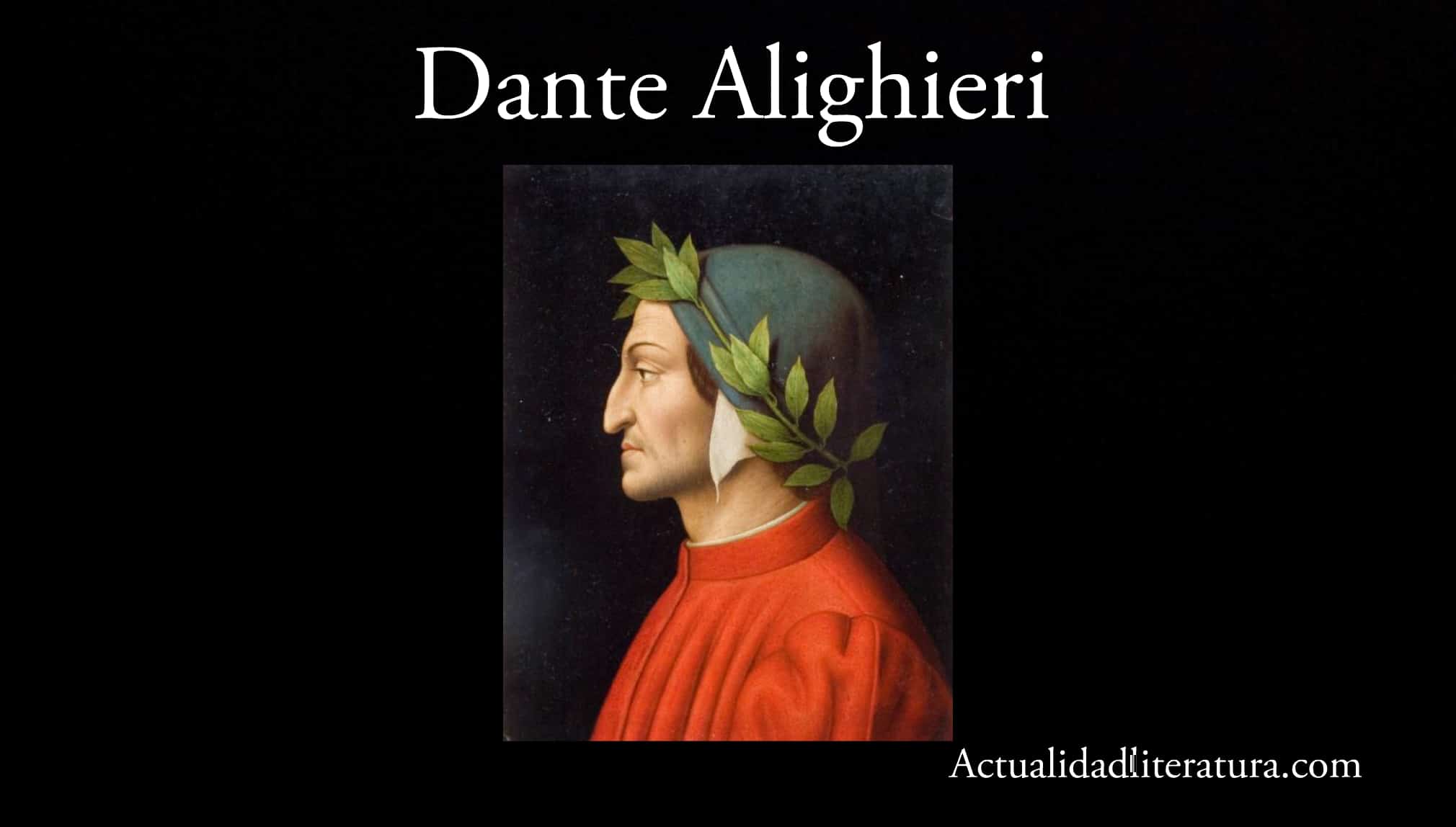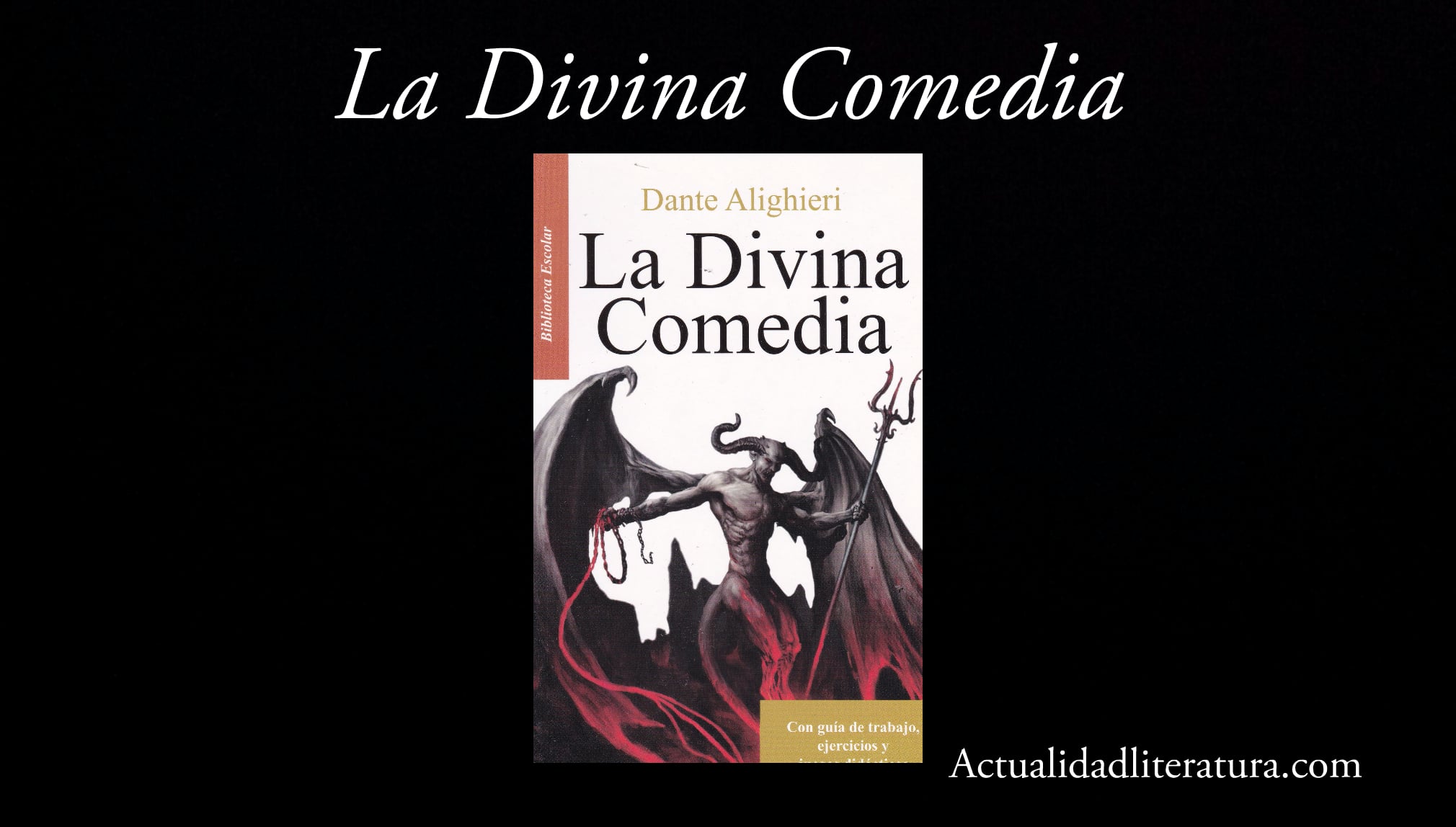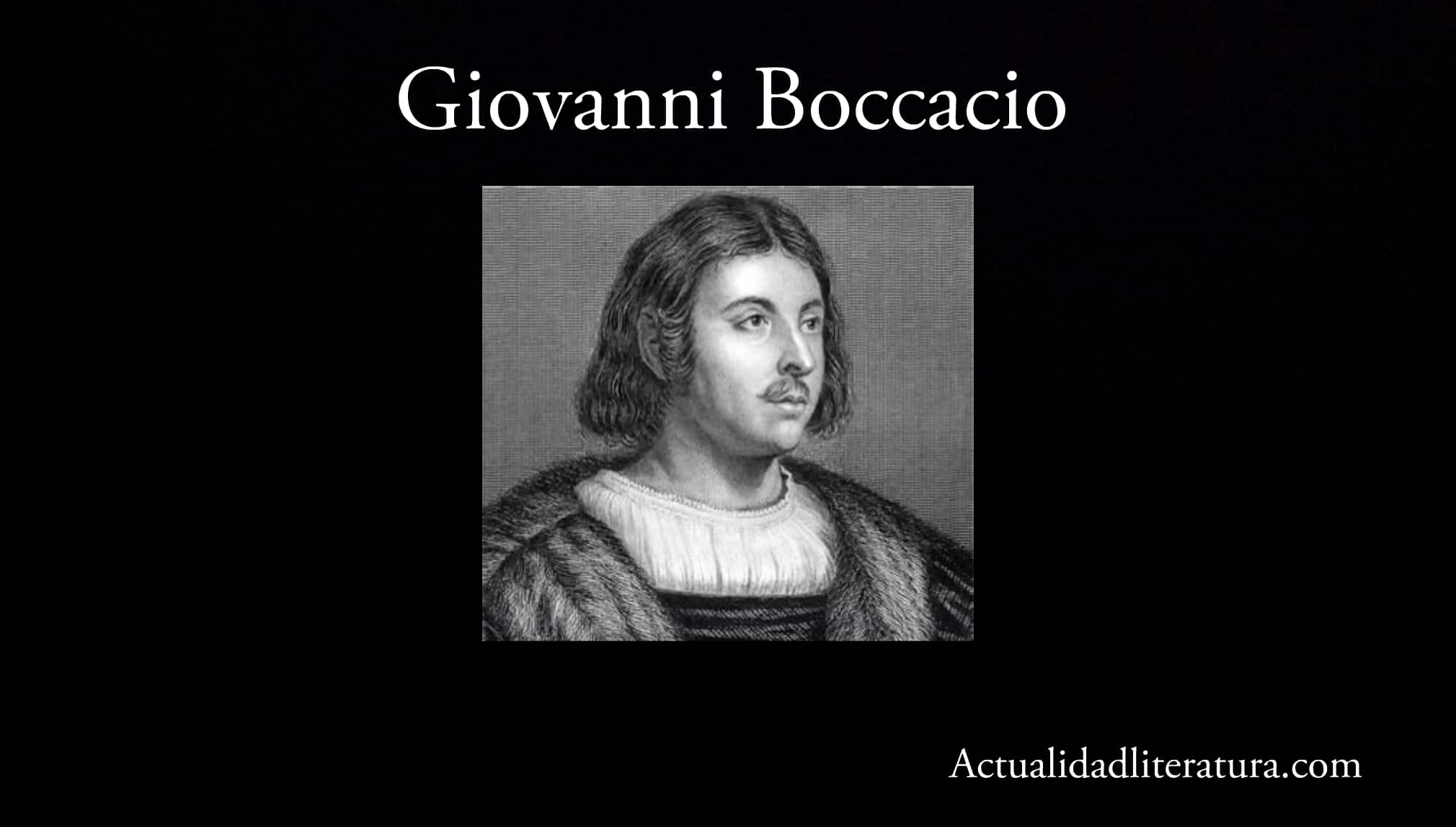
Dante Alighieri.
Under the title of "medieval literature" is grouped all the literary manifestations born in Europe during the Middle Ages. It is an extremely long period, ranging from the fall of the Western Roman Empire in 476 to the arrival of Christopher Columbus in the American territories in 1492.
The immense power achieved by the Catholic Church marked not only the artistic manifestations of this historical moment, but all areas of society in general. Thanks to this, art was adopted by the clergy for moralizing and educational purposes. Always with an evident theocentric vision in any activity.
From Latin to vernacular languages
During the High Middle Ages (between the XNUMXth and XNUMXth centuries), Latin was the dominant language. Thus, the literature of this period was developed exclusively in this language. This served for orality to acquire a specific weight due to the low proportion of people who knew how to read and write.
From the XNUMXth century on, vernacular languages reached a sufficient degree of development for authors to use them almost exclusively. Then, Latin was reduced to diplomatic communications and to be used by the clergy and nobility.
The "sunset" of Latin
Although the dominance of Latin reflected a high social status at the time, became an exclusivity that ended up condemning it until it was practically in disuse. Likewise, the languages of each region gave oxygen to the emerging nationalist movements during the Modern Age.
The power of the church
Nowadays, The idea of the exclusive nature of a religious and moralizing nature is still very widespread. Medieval literature. Under this perception, its main purpose would be to educate the population, set behavioral guidelines and "condition" it - mainly through fear - to seek God.
But during the Middle Ages many other things were also written about. In addition, it is necessary to consider that the printing press did not appear until the Renaissance, consequently, only manuscripts of difficult and / or doubtful preservation survived. Furthermore, in most cases it was the church itself —in its role as cultural guarantor of the time— that was in charge of protecting them.
Profane literature
The first questions to theocentrism arose in the literature of the Middle Ages. These "revolutionary" conceptions began to be timidly outlined (because it implied a great risk), based on secular ideas that give human capacities the transforming powers of the world.

The Divine Comedy.
You can buy the book here: The Divine Comedy
This turning point occurred mainly during the Late Middle Ages (also known as the pre-Renaissance period). When the bourgeoisie began to gain more and more space while the corruption of the higher ecclesiastical spheres became more and more undeniable.
The non-conception of the figure of the author
Most medieval texts are anonymous, due — in part — to the fact that the current notion of the figure of the author did not emerge until the Renaissance. In this sense, many of the medieval writers were more dedicated to transcribing and embellishing stories from the oral tradition, rather than creative and imaginative work.
"Better not sign"
To some extent, anonymity became a practical way to escape the inquiring eye.. For this reason, one of the most popular "subgenres" was Goliath Poetry, which was a type of structured lyrical expression built in four-line verses.
The "delicate" aspect of Goliath Poetry was its satirical content, used by some clergymen to express their disagreement with some sensitive subjects. Thus, anonymity was key to not taking risks of being declared traitors or heretics.
Literature to recite
It is important to take into account the following: almost all of the texts were extracted from oral tradition because a very high percentage of the population was illiterate. For this reason, to "educate" it was necessary to read aloud written phrases (medieval literature), mainly made up of verses.
The point of origin of many lyrical aspects
The verses allow reciting, which gives the reading a rhythm and an unattainable intentionality with prose. As a consequence, different lyrical aspects appeared, such as the lyric, the ode or the sonnets. In these, the deeds of noble knights and defenders of God who imposed themselves on terrible diabolical monsters, took over the collective imagination of the population.
In addition, The stories of "courtly love" and those referring to unrequited longings had their space.. Being a type of plot highly exploited by a group of artists who experienced their golden age during the Middle Ages: the troubadours.
Maintenance of status quo
"History is written by the victors" is a very appropriate phrase to define the spirit of Medieval Literature. Beyond this principle, the church —with the support of the kings, depending on the characteristics of some territories— used literature to justify its rule.
About, Two non-anonymous texts written by ecclesiastics stand out: The deed of the bishops by Gerardo de Cambrai and Carmen Robertum regem francorum of Adalberón de Laon. Both clearly express the social structure of the time: oratores (those who pray), bellatores (those who struggle) and laboratores (those who work).
Feudal society ...
The idea presented in the previous paragraph synthesizes the division into castes of society, in force (at least) until the First World War. The same happened with feudalism, an economic system that emerged throughout Europe after the dismemberment of the Roman Empire. Which was exported to America when the colonization of the New World was completed.

Giovanni Boccacio.
… And misogynist
Similarly, women already suffered at this time the weight of repression. However, as a historical period it was more continuity than reforming. Well, this discriminatory conception had been dragged from Antiquity and was evident in Medieval Literature.
Very few women were able to break the veil of anonymity. Almost all of them were "women of God", nuns who, through their letters, made their divine revelations known to the world. From there, some were allowed to achieve the rank of saints after their death.
Notable works and authors
The Middle Ages saw the birth of several of the iconic works in the history of mankind. Many require exclusive articles to be analyzed in their proper measure. Some of these are: Song of Mio Cid, B, Digenis Acritas y Song of Roldán, among many others.
Despite the prevailing anonymity, it was also the time of great authors. Starting by Dante Alighieri y The Divine Comedy or Giovanni Boccacio with decameron. As a female representative it is imperative to highlight Christine de Pizan, author of The City of Ladies. According to a good number of historians, it is the fundamental book in the fight for gender equality.